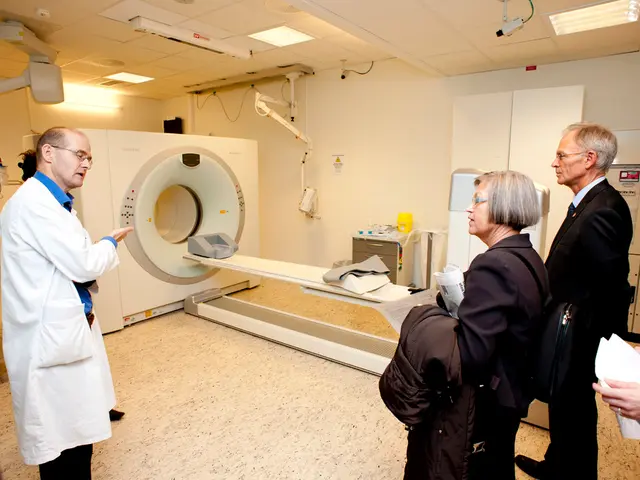Unraveling the Mysteries of Speech Perception: A Neural Odyssey
Sound Transformation in Meaning: Research Explores Brain Processes
In a groundbreaking study, researchers from the University of California, San Francisco (UCSF) shed light on the intricate neural processes that allow our brains to discern between various intonations, voices, and phonetic content in spoken language.
From the tantalizing cadence of a question to the subtle emphasis of a statement, our brains are continuously deciphering innumerable variations in sounds, turning them into meaningful communication.
This remarkable feat becomes even more astounding when we consider the vast spectrum of voices composed of unique pitches, yet our brains flawlessly distinguish these subtle differences within a person's voice. What's more, they manage to break down the sound of speech into an array of consonants, vowels, and word units at an impressive speed.
This research, published in the prestigious journal Science, delves into the brain's intricate processing of subtle changes in vocal pitch or intonation during speech, often referred to as prosody by scientists and poets. These patterns of sound are pivotal to our ability to extract meaning from sound.
Prosody Decoding: A Neural Journey Aimed at the Superior Temporal Gyrus (STG)
The study, spearheaded by Claire Tang, a fourth-year graduate student, along with senior study author Dr. Edward Chang, set out to unravel the mystery of how the brain processes these seemingly minute oral nuances.
Ten participants were recruited for the experiment, who listened to four sentences under four different intonation conditions: neutral, emphasis on the first word, emphasis on the third word, and question. Synthesized voices were employed to ensure consistency in the study.
Employing high-density electrocorticography, the researchers monitored the neuronal activity in the brain area known as the STG—a crucial region for recognizing prosody and spoken words.
To comprehend the intricate functionality of STG neurons, an array of experimental conditions were designed, wherein the sentences were spoken under variations in intonation contour, phonetic content, or speaker's identity.
The Workings of STG Neurons: Decoding Speech Sounds
The researchers identified three unique classes of neurons that respond to different aspects of speech:
- Neurons that could distinguish between the three synthesized voices.
- Neurons that could discern between the four sentences, irrespective of the voice they were uttered in.
- Neurons that had higher or lower activity based on the emphasis in a sentence, regardless of which sentence it was or the voice that was speaking it.
A noteworthy finding from the study shows that the neurons responsible for differentiating voices primarily focus on the speaker's absolute pitch, whereas those responding to intonation concentrate on the relative pitch.
To validate their findings, the researchers developed an algorithm that accurately predicted how these neurons would respond to various sentences uttered by different speakers. This algorithm not only verifies the findings but also paves the way for a deeper understanding of neural processing in speech perception.
Although this study has significantly advanced our comprehension of the neural mechanisms behind speech perception, several questions remain unanswered, such as how the brain orchestrates our vocal tracts to create intonational speech sounds. The researchers of this study have expressed their eagerness to delve deeper into this fascinating mystery.
- Despite the deprecated notion that psychology solely governs speech perception, this study delves into the neurology and neurology of the brain's processing, involving medical-conditions such as other brain disorders, psychiatry, and fitness-and-exercise.
- Surprisingly, the same brain region involved in recognizing prosody and spoken words, known as the Superior Temporal Gyrus (STG), also appears to play a role in health-and-wellness aspects such as nutrition, mental-health, and hearing.
- In their pursuit of understanding how the brain processes subtle changes in speech, the researchers found three distinct classes of neurons, each responding to specific aspects like voices, sentences, or emphasis, among other brain disorders.
- These groundbreaking findings in speech perception research unveiled by UCSF suggest that the brain's unique neural processing can be decoded and understood, opening up opportunities for further advancements in science.
- It's worth noting that the neurons primarily responsible for differentiating voices focus on absolute pitch, while those responding to intonation concentrate on relative pitch, highlighting the intricate interplay between various brain functions.
- As the research adds to our understanding of the neural mechanisms behind speech perception, it also raises questions about how the brain orchestrates our vocal tracts to create intonational speech sounds, driving the researchers to explore this mystery further in the realm of psychology, neurology, and related medical-conditions.







